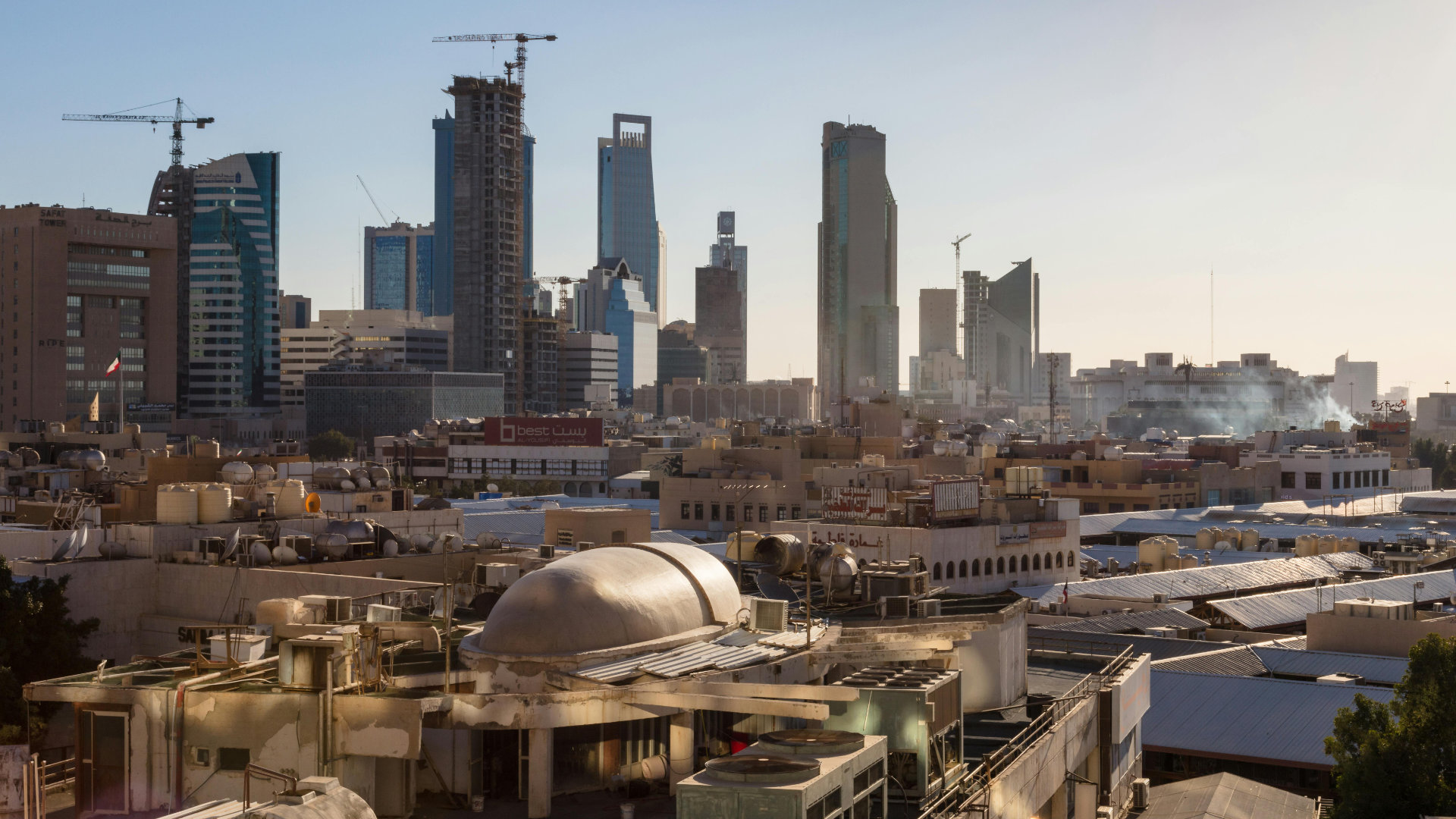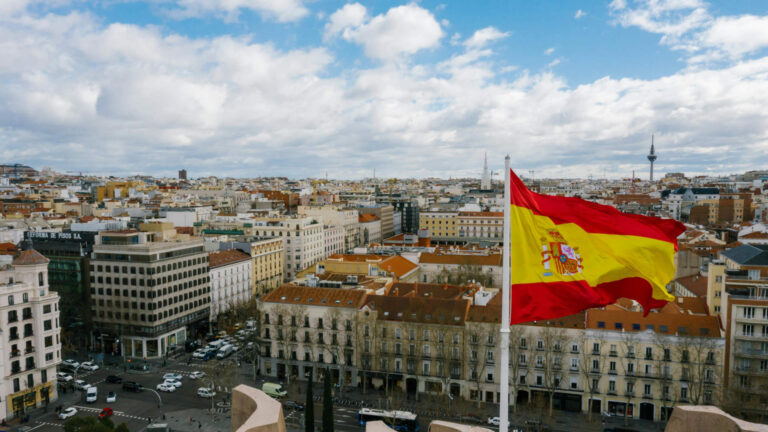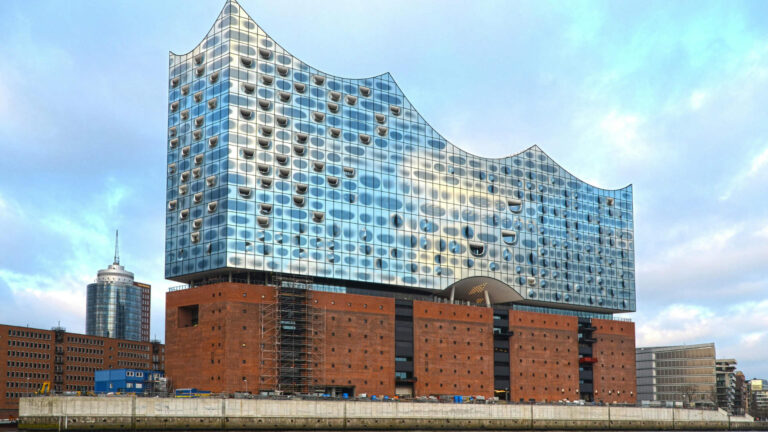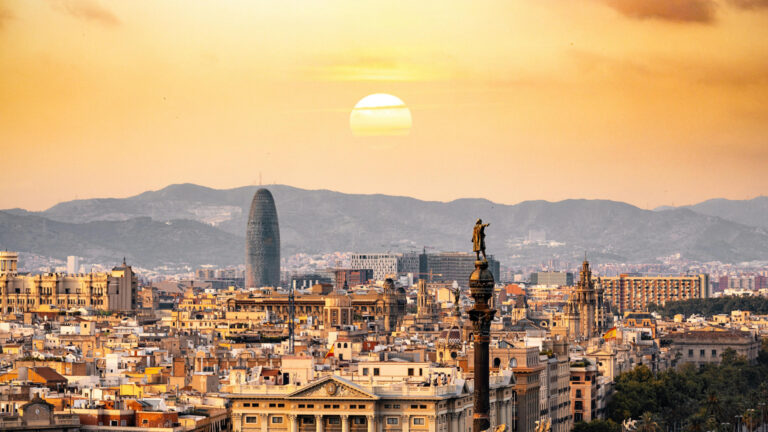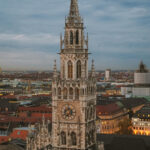Marrakech greeted me with a warm breeze carrying the scent of spices, the distant call of the muezzin echoing through the air, and the golden glow of the late afternoon sun casting long shadows over the ochre-colored buildings. The moment I stepped into the medina, I was swallowed by a world that felt like a living painting—vibrant, chaotic, mesmerizing. Narrow alleyways twisted in every direction, lined with market stalls overflowing with handwoven carpets, intricate brass lamps, and pyramids of spices in deep reds, oranges, and yellows. The sound of merchants calling out their wares blended with the rhythmic clatter of donkey carts and the laughter of children darting through the crowd.
I had arrived in the heart of Marrakech, but my journey truly began when I stepped into the quiet serenity of my riad. Hidden behind a simple wooden door in an unassuming alley, the riad felt like a secret world, a sanctuary away from the city’s intoxicating madness. The moment I entered, the noise of the medina faded, replaced by the gentle trickle of a fountain in the courtyard. The walls were adorned with colorful zellige tiles, their intricate patterns shimmering in the soft glow of lanterns. Above me, an open ceiling let in the deep blue of the Moroccan sky.
A welcoming tray of mint tea awaited me, the steam rising in delicate curls as my host poured it from a silver teapot held high, a ritual both elegant and comforting. The sweetness of the tea, combined with the coolness of fresh mint, was refreshing after my journey. I sat for a moment, listening to the soft rustling of palm fronds and the distant sounds of the city beyond the walls. It was a contrast I would come to love—the constant dance between the vibrant, electric energy of Marrakech and the peaceful, dreamlike stillness of its hidden courtyards.
As night fell, I ventured out to Jemaa el-Fnaa, the beating heart of the city. The square was alive with a spectacle unlike anything I had ever seen. Snake charmers played haunting melodies on their flutes, storytellers gathered crowds around them, and food stalls filled the air with the rich aroma of grilled meats, saffron-infused tagines, and freshly baked flatbread. Lanterns cast flickering shadows across the faces of the people gathered there, their expressions filled with wonder, just like mine.
I wandered through the market, my senses overwhelmed by the explosion of colors, sounds, and scents. A merchant offered me a handful of dried dates, their caramel-like sweetness melting on my tongue. Another guided me through shelves lined with bottles of argan oil, delicate perfumes, and handmade soaps infused with orange blossom. Bargaining was an art here, a dance between buyer and seller, and though I was unpracticed, I quickly found joy in the exchange.
Hunger led me to a rooftop terrace overlooking the square. From above, Jemaa el-Fnaa looked like a painting in motion—waves of people moving between glowing stalls, the hum of voices rising into the night air. I ordered a traditional Moroccan feast—lamb tagine slow-cooked with apricots and almonds, fluffy couscous topped with roasted vegetables, and a side of zaalouk, a smoky eggplant and tomato salad. Each bite was a revelation, a blend of spices that lingered on my tongue long after I had finished eating.
The next morning, I awoke to the sound of birds chirping in the riad’s courtyard, the first rays of sunlight filtering through the carved wooden lattice of my window. After a leisurely breakfast of msemen, a flaky Moroccan pancake drizzled with honey, and a glass of freshly squeezed orange juice, I set out to explore the city’s quieter corners.
I wandered through the Bahia Palace, where intricate stucco carvings and stained-glass windows cast dancing patterns of light onto the marble floors. The scent of orange blossoms filled the air in the palace gardens, mingling with the soft murmur of fountains. From there, I found my way to the Saadian Tombs, where centuries-old mausoleums stood in silent reverence, their walls adorned with delicate arabesques.
One of the highlights of my journey was visiting the Majorelle Garden, an oasis of deep cobalt blue and lush greenery. Designed by the French painter Jacques Majorelle and later restored by Yves Saint Laurent, the garden felt like a dream. Cacti stood tall against vibrant blue walls, koi fish swam lazily in pools reflecting the palm trees above, and the sound of running water added to the tranquility. I sat on a bench for a long time, letting the calmness of the place settle over me, a welcome contrast to the whirlwind of the medina.
As the sun set on my final evening in Marrakech, I returned to my riad, where the scent of rosewater filled the air. A final cup of mint tea in hand, I watched as the sky turned from gold to deep indigo. The city outside continued its endless rhythm, a melody of life played in bustling souks and hidden courtyards, in the laughter of merchants and the quiet whispers of the wind through the palm trees.
Marrakech was more than a city—it was an experience, a feeling, a story woven into every tile, every spice, every sip of tea. As I closed my eyes that night, I knew that this was a place I would carry with me, a memory painted in warm hues and laced with the scent of cinnamon and orange blossom.

